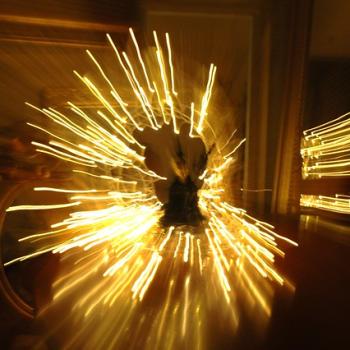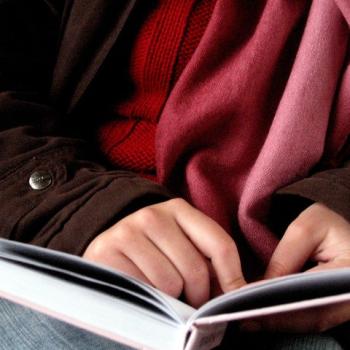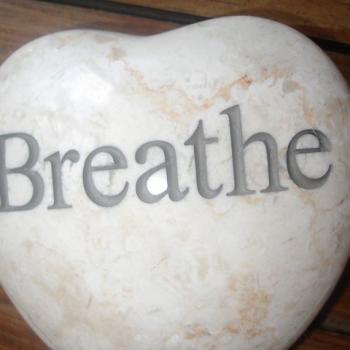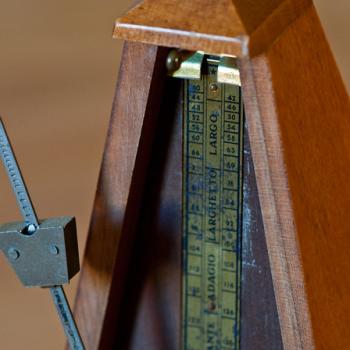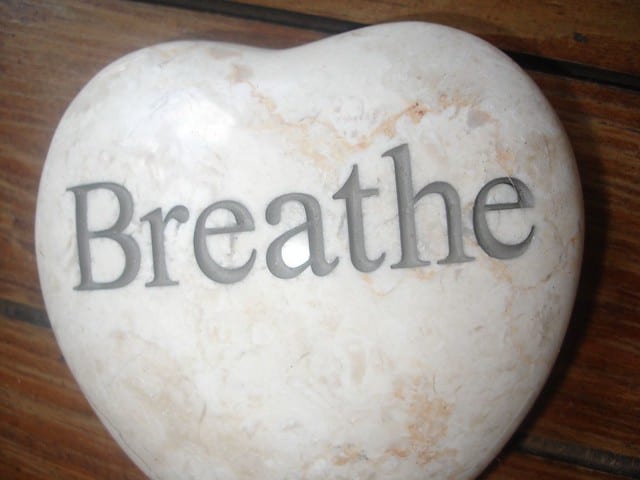
Breathing In and Breathing Out
Many of us practice specific ways of trying to strengthen spiritual life. We may follow traditional practices we find helpful or discover our own.
It can be good to begin by exploring what practices have helped, and not helped, us already. We may feel stuck or trapped in a particular practice. There may be ways to adjust how we experience certain practices, or we might want t0 start something new.
Some of us find it helpful to set aside what they have already tried and start at the beginning.
For me, the most basic contemplative practice is breathing.
We breathe when we do not do anything else. It is what we do while we are asleep and when we are wide awake. Breathing is the practice that makes all our other practices possible.
Our breathing is deeply spiritual. Sacred writings describe how the breath of life awakens and inspires us. People tell us how spiritual insights take their breath away. Some people believe a scriptural notation for God’s name comes from the sound of breathing.
Breathing is a powerful working metaphor for spiritual life. We breathe in, fresh air fills our lungs, and we pause to receive. It is how we acquire the oxygen we need for our hearts, our minds, and our bodies to continue working. Our sense of smell connects the world around us to the world within us.
Then we breathe out, providing nutrients to the plants around us. We release tensions and toxins, letting go of what is not healthy for us to hold in ourselves.
Our breathing reflects the steps we take inward and back out into the world on our spiritual journeys each day.
How does the way we breathe reflect, and shape, our spiritual life?
Do we need a breath of fresh air?
Breathing Like a Monk
Monks inspire me to remember, in the words of Benedict’s Rule, “Always, we begin again.”
Each breath is a new beginning. We breathe in and fill our lungs with opportunities to begin again. When we breathe out we expel what we do not need and give ourselves room to start fresh.
As long as we continue to breathe we can begin again.
Our breathing reflects who we are and how we live. At times when we struggle, physically or intellectually, it can become labored.
Breathing is a form of nonverbal communication. The people around us, consciously or unconsciously, pay attention to how we breathe. It can be a calming influence in a group of people or spark an increase in anxiety.
Many monks pray breath prayers, even without words. They practice breathing evenly and deeply, filling their lungs. Praying, working, reflection, and chanting help monks learn to breathe well.
When I visit the hermitage where I am a lay oblate monks communicate with their breath. In stillness, without saying a word, we breathe together. Even when we are far apart, the pattern of our breathing reminds us we share a monastic community. We pause, take a deep breath, and remember.
Sometimes we need to pause, take a deep breath in, and let it out. We may need a few deep breaths. It could be because we are tired or frustrated, or we have not had a moment to spare. Caught between the past and the future we need to breathe deeply.
Catching our breath helps us remember to live in the present moment. Breathing in and out helps us clear away obstacles and distractions and pay attention.
When is the last time we took a deep, cleansing breath?
What does our breathing communicate to other people?
Breathing Deeply
There are times when we need to be reminded to breathe deeply. We grow accustomed to the shallow air at the top of our lungs like living on a diet of processed junk food.
Some of us remind ourselves to breathe deeply by taking time to sit quietly and take deep breaths. We release all our thinking and feeling and talking to listen to ourselves breathing.
Our breath gives us the quiet rhythm we need to listen to sacred stillness.
We give our attention to the depth of our breathing. Each breath reminds us we are giving our consent to the active presence of spiritual life within us. We breathe in and we breathe out. Spiritual life is within us and in the world around us like the air we breathe.
As we continue to breathe deeply we communicate to ourselves and the people around us. We breathe together and share the rhythm of our breaths.
While I am writing these words I take some time to sit still and breathe deeply.
Some of us plan times each day to sit still and breathe deeply. We remind ourselves of the significance of taking a deep breath.
Taking Time for Breathing
It is easy for us to get caught up in trying to keep up with a rapidly changing world. We can forget how important our breathing is to us.
Our spiritual practice of taking time for deep breaths changes how we live our everyday lives.
Breathing is where all our other contemplative practices begin. How we breathe shapes the ways our bodies and minds and hearts work together. We breathe in spiritual life and health and breathe out what we do not need in our lives.
When we stop taking time to breathe well it is like trying to live without sleep or anything else we need.
We lose track of how or air changes from season to season when we stop breathing well. When we practice taking deep breaths we are reminded the aromas of summer are giving way to autumn.
Our deep breaths remind us the air within us is the same as the air in the world around us. Spiritual life within us is the same as spiritual life in the world around us.
When will we take time for breathing well today?
How will we practice remembering the significance of breathing deeply this week?
[Image by shawnzrossi]
Greg Richardson is a spiritual life mentor and coach in Southern California. He is a recovering attorney and a lay Oblate with New Camaldoli Hermitage near Big Sur, California. Greg’s website is StrategicMonk.com and his email address is [email protected].



